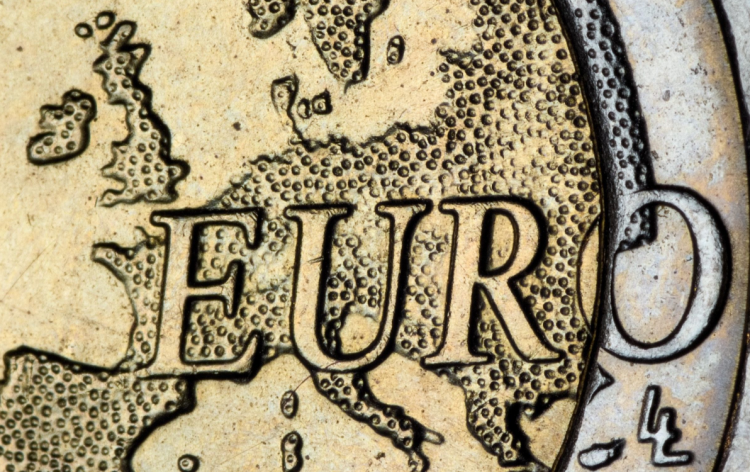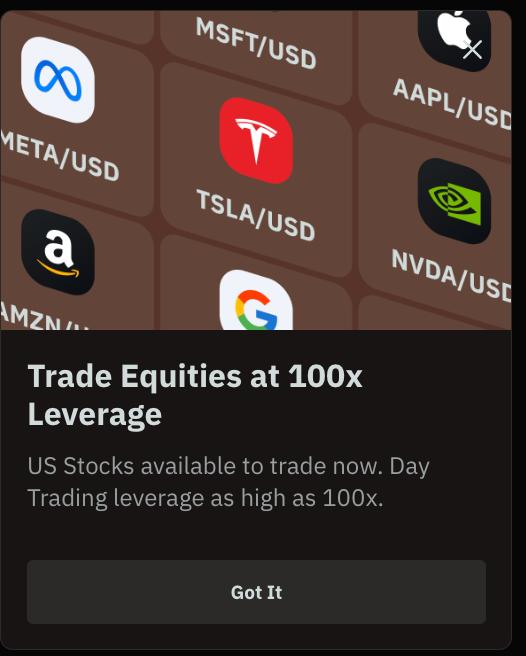Navigating EUR Price Fluctuations: Factors Influencing the Euro’s Volatility and Risk Management Strategies

In the fast-paced realm of the forex market, staying updated with the latest currency price fluctuations is crucial for informed decision-making. Among the major currencies, the Euro (EUR) holds a prominent position, captivating the attention of traders and investors worldwide. As the second-most traded currency, its performance carries significant implications for global markets and economies.
This article delves into the current state of the EUR, shedding light on its recent performance and the factors influencing its price fluctuations. Furthermore, it explores the importance of monitoring EUR price movements and presents insightful future predictions that may help stakeholders navigate the dynamic world of forex trading.
How EUR is Performing Today?
The recent pause in the euro’s rally can be attributed to overbought conditions, stretched positioning, and uncertainty surrounding the US Federal Reserve’s next meeting. Although the outlook varies across different currency pairs, the retreat observed does not indicate the end of the uptrend for EUR/USD.
The rapid pace of gains in EUR/USD over the past months, with the highest six-month change since 2017, suggests positive medium-term prospects. However, in the short term, there is a possibility of the gains slowing down or even reversing, considering the mean-reverting nature of the series. Recent Euro area macro data has been underwhelming, indicating that the effects of ECB rate hikes are gradually impacting the economy. March’s industrial output in the Euro area fell more than anticipated, particularly in capital goods production.
While the ECB maintained a hawkish stance in its recent meeting, the shift in tone from certain US Federal Reserve officials towards a more hawkish outlook has prompted a reassessment of the anticipated pause at the June meeting. According to the CME FedWatch tool, recent market indicators reveal an increase in the probability of a 25 bps Federal Reserve rate hike in June, rising from 15% a week earlier to 20%.
In summary, while the euro’s rally has paused due to various factors, the longer-term outlook remains positive. Monitoring economic indicators, central bank decisions and market sentiment will be crucial in assessing the future direction of the EUR and its impact on currency pairs.
Why EUR Fluctuates so Much?
The EUR’s price fluctuations are influenced by various factors that shape the dynamics of the forex market. Here are some of the main influential factors:
- Economic Data and Monetary Policy: The performance of the EUR is strongly influenced by important economic indicators, including but not limited to GDP growth, inflation rates, employment data, and interest rate determinations made by the European Central Bank (ECB).
- Political and Geopolitical Events: Political stability and geopolitical developments within the Eurozone and globally can affect the EUR’s value. Elections, policy changes, trade disputes, and geopolitical tensions can create volatility and uncertainty, impacting the currency’s performance.
- Risk Sentiment and Market Conditions: The attractiveness of the EUR is significantly influenced by investor sentiment and prevailing market conditions. These factors play a critical role in shaping the perception and demand for the currency within the forex market. During times of economic uncertainty, traders may seek safe-haven currencies, leading to fluctuations in the EUR’s value relative to other currencies.
Trading with the EUR carries a certain level of risk, as with any currency. Due to its inherent volatility, the forex market is characterized by rapid price fluctuations, underscoring the importance for traders to exercise prudence and caution. Additionally, factors such as geopolitical events, economic data surprises, and sudden shifts in market sentiment can create significant volatility in EUR pairs.
Traders utilize a range of strategies to mitigate risk, including implementing stop-loss orders, diversifying their portfolios, and staying updated on market developments. These risk management techniques enable traders to safeguard their investments and make informed decisions based on market conditions. It is also crucial to keep track of economic indicators, central bank announcements, and political events that can impact the EUR’s price.
Ultimately, trading with the EUR can be both rewarding and challenging. A thorough understanding of the factors influencing its price movements, combined with diligent risk management practices, can help traders navigate the potential risks associated with trading this major currency.


























Comments (0 comment(s))